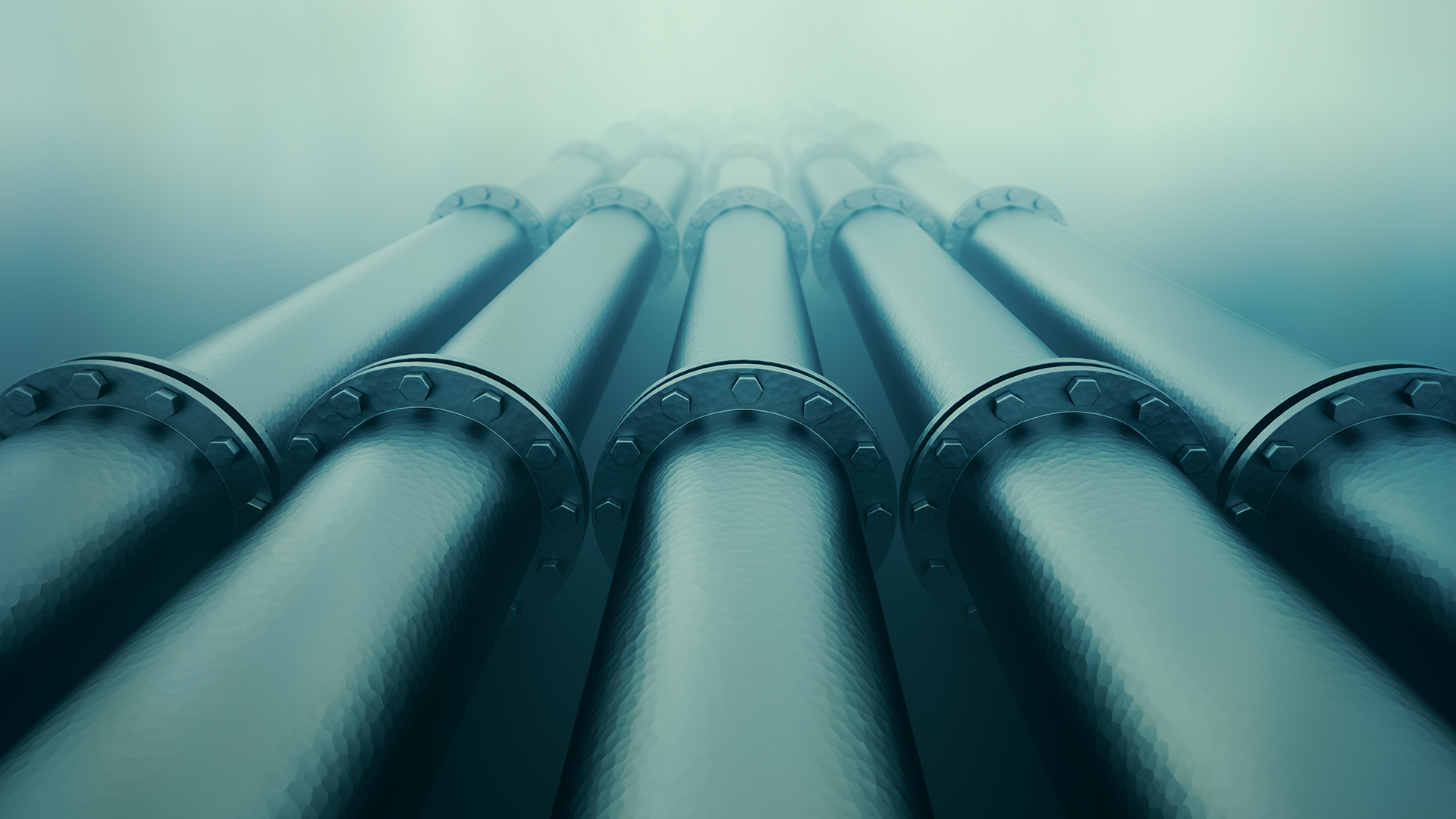A team from Norton Rose Fulbright, Chris Down, Ben Smith and Penny Cygan-Jones attended the European Gas Conference & Hydrogen Conference hosted by the Energy Council.
Although the conference was held under Chatham House rules, there were some common themes which emerged.
LNG and gas supplies
Many discussions came back to the role and success, or otherwise, of the EU’s RePower Strategy which was published in May 2022.
As a reminder, RePowerEU covers seven key areas:
- Demand reduction (a regulation to reduce demand by 15%, which was exceeded, with measures to be implemented at Member State level)
- Diversification of supply (sourcing increased US LNG imports and increased pipeline flows from Norway, UK and Azerbaijan, amongst others)
- Storage filling commitments (a storage regulation requiring stores to be 90% full by October 2022, which was also exceeded)
- Joint gas purchasing (to negotiate better prices through an EU energy platform, although actual purchase is voluntary)
- Measures to address high prices (LNG pricing benchmark via ACER plus the gas price cap)
- Strengthening of EU solidarity (Member States to receive emergency gas from other Member States at fair value – this is now the default rule, with no need for separate bilateral agreements,)
- Acceleration of the clean energy transition (suggesting increased targets via RED III, also referred to as the decarbonised gas and hydrogen package)
Although Europe achieved a reduction in gas demand of around 19% (based on the previous 5 year average), there was a general acknowledgement that this was in part down to luck. Rising prices led to consumers being more conscious of use, and less heating was required thanks to a mild winter (according to EC data analysis, heating demand was down by 1/6 on the previous year). Whilst the EC doesn’t forsee a supply gap in 2023, things may be more challenging if Europe is hit with harsh weather conditions next year.
And there are other variables to consider, such as the Chinese economy rebounding, industrial sabotage, or Russia halting remaining flows, all of which could interfere with or interrupt both pipeline and liquid gas supplies. This all points to the conclusion that gas storage will be crucial in the short- and medium-term, while giving increased impetus to the drive to decarbonise.
Even in a scenario where REPowerEU is implemented in full and all other variables remain favorable, analysts are only expecting a small further reduction in gas demand and predict massive imports of LNG will still be needed. On a poll of the audience, one or two attendees predicted a rise in LNG demand but the majority felt that liquid imports for 2023 will likely stay at 2022 levels, or fall slightly lower. This will mean, in light of the eight new FSRUs, four new onshore regas terminals and four new pipeline projects across the EU, excess capacity (49.8 bcm of capacity is still under construction, in addition to the recently added 20.6 bcm). However, avoiding complacency will be the number one challenge for this year – energy security doesn’t mean reverting to reliance on fossil fuel supplies, but nor does it mean rushing headlong into mass renewables projects without the supply chains, infrastructure or system integration to make it a success.
Pricing
Although gas prices are down by around 75% on the peaks we saw in 2022, they remain approx. four times higher than the market has been used to in recent years. The general expectation that prices will be around $16 to $18/mmBtu for the next couple of years contributed to the view that demand for spot cargoes will probably remain low. In terms of contracted supplies, the spread of purchasers globally last year tended to be portfolio players and traders (~50%), Asian buyers (~26%) and European buyers (~22%). These figures are indicative of European LNG buyers tending to give portfolio players an increased margin, in order to avoid having to commit long term to sale and purchase agreements.
By 2028 South Asia is on course to represent 25% of the global market for LNG. We are likely to see the market tighten after 2029, leading to higher prices and greater volatility. If the EU is still reliant on spot purchases by that date then it will be in a vulnerable position in terms of its energy security. The emphasis on security of supply will probably lead to less emphasis on the operating of the market and liberalization compared to what we have seen in the past (although we note that a number of speakers emphasized that the market had adapted well already, and questioned whether further intervention was necessary).
Responsibly sourced gas (RSG)
There was some interesting discussion around the role of data and price ambitions for RSG. Although there is now a focus by some energy companies or in some jurisdictions on capturing and storing emissions from liquefaction, it was generally agreed that certifying gas as “RSG” poses challenges – how do you get the data? Should it be graded based on carbon intensity? Will there be a standardised system, targets set and an expectation of continuous improvement? How about penalties for methane leakage or capture failure, and how might any time lag be accounted for? There may not have been any instant solutions put forward but a lively debate was had which really got the group thinking. It was also noted that transparency around data is proving to be something of a double-edged sword – greater scrutiny of the numbers by the public attracts the attention of activist groups and can bring negative attention to a business. Some companies are deciding “green-hushing” (i.e. keeping access to the data restricted) is the best way forward, although this in itself leads to accusations of hiding behind confidentiality requirements.
Future role of natural gas and LNG
Unsurprisingly for a gas conference, there was general consensus that both pipeline gas and LNG imports will remain a significant part of the energy mix for decades to come, although most attendees saw its role post-2035 as providing baseload and allowing for flexibility, while renewables will dominate as a primary energy source. Delegates had varied views on the best way for Europe to achieve energy security without compromising its decarbonisation ambitions, with increased LNG supplies, diversification of suppliers, more investment in renewables and large scale energy efficiency measures all touted as key policies to pursue. What was almost unanimously agreed was that Europe needs to be ready with the infrastructure for new energy sources such as hydrogen and ammonia (see below) and supplies – time really is of the essence.
On regulatory uncertainty around hydrogen
Regulatory uncertainty and delay is causing real problems – without certainty, investment decisions cannot be taken, and without investment, efforts to accelerate the energy transition are severely hampered. Current demand is limited, with existing hydrogen projects being demonstrators only. This lack of regulatory certainty is one of the main barriers to large scale expansion, together with a lack of infrastructure. Companies can use their best efforts to de-risk projects but lack of appetite to take FID without firm regulation is holding the EU back. Large scale development requires significant subsidy and aggregation to bridge the tenor gap between supply and demand. The European Hydrogen Bank is expected to fulfil these requirements to some extent, applying a similar approach to H2 Global, and we understand the Netherlands is now considering joining forces with Germany on the H2 project itself.
Setting firm, clear rules, even if they are not popular, is far better than the ongoing uncertainty and delay. With the Russian invasion of Ukraine, the EU demonstrated it can move quickly when it needs to – now that sense of urgency needs to be applied to the energy transition and hydrogen in particular. Time is of the essence!
Lack of suitable storage
Interestingly, it could be physical rather than regulatory barriers which prevent hydrogen from being developed on a massive scale within the EU itself. Germany, for instance, is estimated to have only half of the cavern storage capacity it will need by 2045, and while there is potential in using converted facilities from the oil and gas sector, these will bring technical challenges and risk of contamination, so are not an easy fix. As with the discussion around ammonia versus hydrogen for transport and storage of hydrogen, each potential solution brings with it huge technical challenges and additional layers of complexity. Significant expertise is required to handle hydrogen and related products, and of course this means longer lead times and increased costs.
There could be a capacity shortage as early as 2030 if hydrogen reaches the expected or targeted levels of penetration, but the business case for investing in hydrogen storage does not yet exist financially. Again, the market is crying out for regulatory certainty, and sooner rather than later.
Role of ammonia
Although there is existing ammonia infrastructure, it is important to remember the delivered cost – using ammonia as ammonia is one thing, but integrating ammonia with hydrogen is a massive technical challenge and perhaps not the best solution. Every extra piece of kit and expertise required adds to the delivered cost. With international for-export projects ramping up faster than anticipated, more discussions around the role ammonia can play should be happening now.
On the green versus blue debate
In the long term, green hydrogen supply will significantly exceed blue. However in the near term, the transition to green hydrogen consumption is and will continue to be incremental, with CCUS playing a significant role in allowing the infrastructure and demand to be developed. Given the targets set in the EU’s hydrogen strategy, there is an acceptance that imports may need to be “colour blind” in the short term.
On the development of the hydrogen economy
For the hydrogen economy to really take off in time to make a meaningful difference to the climate and help Europe achieve its decarbonisation goals, companies need to stop talking, stop waiting, and start investing. It will take time to reach a liquid market, and unfortunately there is no market as yet, although it is expected within this decade. While the players await the final rules it is a good time to run a pilot project – start small and learn lessons from these projects, rather than trying and failing to reach FID on an untested mega-project.
Final thoughts: our top recommendations for companies aiming for a share of the hydrogen markets
- Invest ahead of the curve to build scale
- Do not under-estimate the safety challenges (containment, flammability, ignitability, reactivity)
- Build the right skillset within your business
- Develop your international strategy and focus on demand
- Keep on top of the regulations – and of course keep in regular contact with your legal advisors
The team are happy to answer any questions on our key takeaways, so please don’t hesitate to get in touch.






